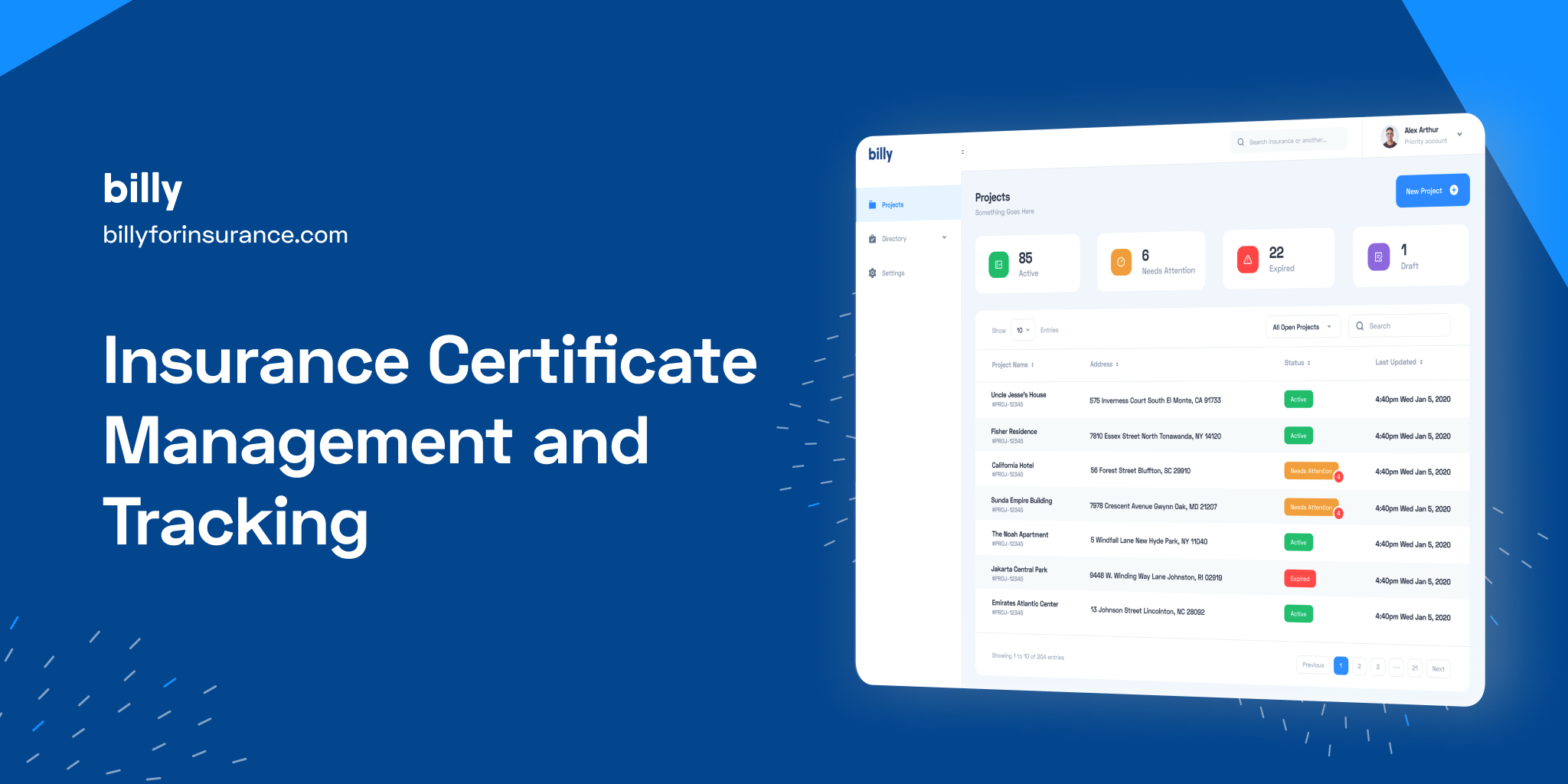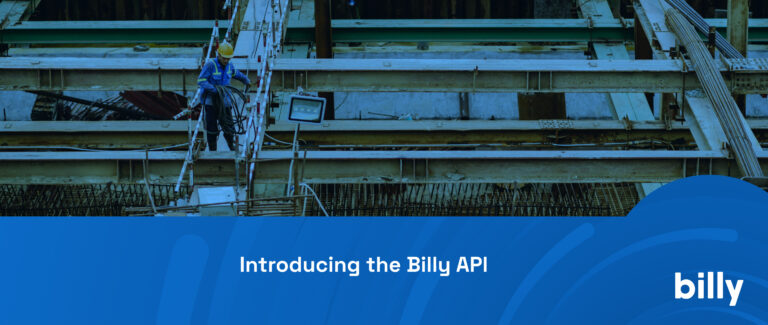A typical day on a construction site might just have a handful of tradespeople busy at work. For the entirety of the project, however, that number quickly grows. Carpenters, masons, electricians, plumbers, landscapers, graders — you name it. That site will see plenty of comings and goings. When all is said and done, you’re probably looking at 30 to 50 subcontractors working on that project at the very least.
That’s a lot of people. It’s also a lot of insurance policies given that each one of these folks will have at least three insurance policies during construction verified on a certificate of insurance (commonly known as a COI). That means someone — most likely you as the contract administrator or compliance manager — will be on the hook for tracking 90 to 150 policies on that project alone. If the general contractor takes on another project at the same time, then that number doubles. As people get added to those projects, and projects get added to your workload, it becomes easier and easier to become exposed to construction risk.
If just one subcontractor were to step onto a construction site without insurance, the general contractor would be financially liable if that person were to suffer an injury, complete subpar work that results in a claim, or have any other accident. Insurance during construction is nothing to mess with — nor is it something to take lightly.
Developing a Solid COI Management Plan
A COI management plan can certainly help mitigate a lot of the construction risk companies face. But many companies often fall short with their execution, relying too heavily on Excel or their ERP systems. Not that Excel or an ERP can’t do a great job of tracking information. It’s just that the software is more of a repository, requiring manual data entry and regular review. Skip a day, and you could open the company up to more construction risk.
Take the average insurance policy as an example. Depending on the region, it’ll last nine to 12 months before renewal is necessary. Each one of those 90 to 150 policies mentioned above will have different expiration dates. On any given day, one could lapse, and Excel won’t remind you to request new certifications from a subcontractor prior to expiration.
To create a COI management plan that accurately and efficiently tracks insurance during construction projects, you need a means of keeping all subcontractors’ policy information stored and readily accessible in one place. In other words, you need a COI tracking software.
The Benefits of COI Tracking Software
A COI tracking software allows you to easily store information about subcontractors’ insurance policies in a single system. Having all this information in one place — and accessible on a cellphone or laptop — means that you and anyone else on your team can quickly get a risk health check on projects. With that taken care of by the software, you can focus less on manual data entry and verification and more on other project activities (think budgeting, scheduling, managing contracts, and more).
With almost all of the tracking process now automated, human error is pretty much taken out of the equation. You don’t have to worry whether the information is accurate and up to date; it simply is thanks to the COI tracking software’s capabilities. Besides, you probably haven’t been trained in construction insurance terminology (we don’t blame you — it’s confusing!). The right COI tracking software can take much of the guesswork out of the process.
The time has come to reevaluate how you track insurance during construction. Ask yourself: How many subcontractors do we work with each month? How many do we work with each year? What do these numbers add up to in certificates and policies? It’s probably much more than the 90 to 150 referred to in this blog — that’s for sure.
Make insurance compliance a priority by ditching Excel or your ERP system and investing in a COI tracking software like billy. Our end-to-end insurance platform allows you to request, verify, track, and even renew COIs all in one place. In other words, billy is more than a software — it’s a service that handles all the COI tracking for your company. Connect the office and the field with a single source of truth so everyone can confidently go about business knowing construction risk is at a minimum.
If you’d like to learn more about what billy can do for your operation, visit our website or request a demo today!






